
Добро пожаловать! Разблокируйте свое первое предложение здесь

Добро пожаловать! Разблокируйте свое первое предложение здесь

Добро пожаловать! Разблокируйте свое первое предложение здесь
Китайский производитель беспилотных летательных аппаратов

Модули удаленных идентификаторов Это как цифровые номерные знаки для дронов, передающие их идентификационные и полетные данные в режиме реального времени.В современном переполненном небе беспилотные летательные аппараты формируют новые отрасли - от логистики до кинопроизводства, от сельского хозяйства до реагирования на чрезвычайные ситуации. Но с этим бумом приходит и новая проблема: управление тем, что летает над головой. Именно здесь на помощь приходит система Remote ID. Подобно номерным знакам на автомобилях или транспондерам на самолетах, Remote ID обеспечивает идентификацию и отслеживание каждого дрона. Для регуляторов воздушного пространства и служб безопасности это не просто полезно - это необходимо.
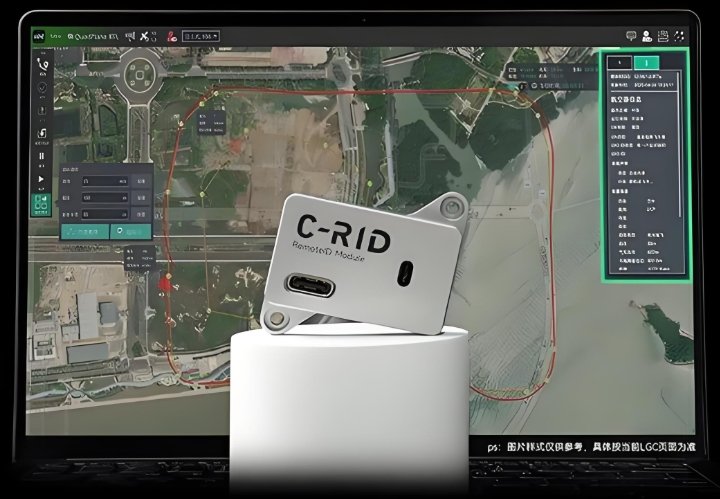
В этой статье мы расскажем, как работает Remote ID, какими данными он делится, как используется в системах обнаружения и почему он становится обязательным требованием во всем мире. Независимо от того, являетесь ли вы оператором дрона, разработчиком технологий или профессионалом в области безопасности, это руководство разъяснит, почему Remote ID имеет значение и как он меняет будущее беспилотных полетов.
Модули удаленного опознавания передают уникальную идентификационную информацию о дроне и его местоположении в режиме реального времени, позволяя системам обнаружения идентифицировать и контролировать дроны без прямой видимости.
Концепция проста, но эффективна: дроны, оснащенные модулем Remote ID, посылают беспроводные сигналы - как правило, с помощью Wi-Fi или Bluetooth Low Energy (BLE). Эти сигналы передаются каждую секунду и содержат такие ключевые данные, как серийный номер дрона, его координаты, высота над уровнем моря и многое другое. Наземные датчики, мобильные приемники и даже другие беспилотники принимают эти сигналы и анализируют их.
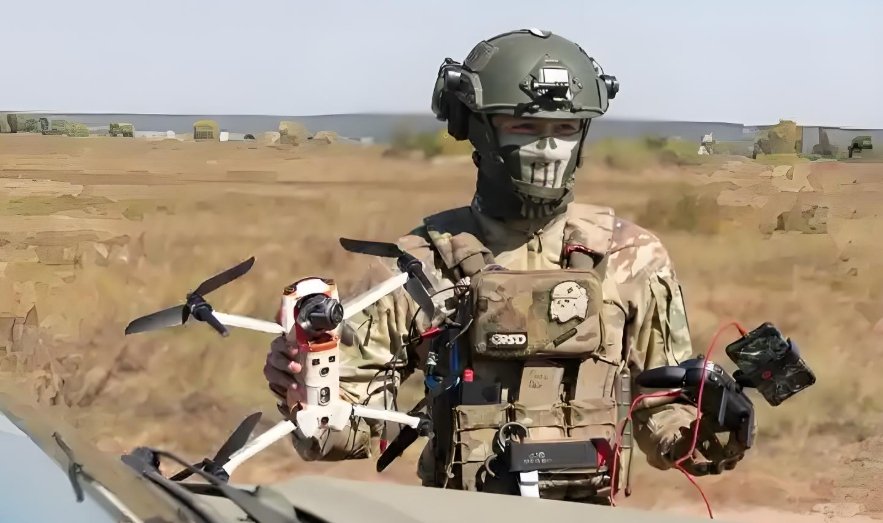
| Тип развертывания | Описание |
|---|---|
| Стандартная встраиваемая | Встроен в дрон производителем; обязателен для новых моделей. |
| Дополнительный модуль | Внешние устройства, устанавливаемые на устаревшие беспилотники для приведения их в соответствие с требованиями. |
Когда системы обнаружения получают эти сообщения, они сравнивают их с правилами использования воздушного пространства и границами геозон. Дрон, летящий в запретной зоне или передающий незарегистрированный идентификатор, может быть мгновенно отмечен - зачастую еще до того, как он попадет в зону видимости или действия радара.
Эта способность пассивного обнаружения в режиме реального времени преобразует систему наблюдения за воздушным пространством. Представьте себе радары в аэропортах, приемники на крышах или мобильные фургоны службы безопасности, бесшумно сканирующие небо в поисках этих цифровых "пингов". Это быстро, автоматически и с высокой степенью масштабируемости.
Модули удаленных идентификаторов отправляют последовательный поток данных о полетеЭто позволяет безопасно интегрировать беспилотники в воздушное пространство общего пользования, сохраняя при этом конфиденциальность оператора.
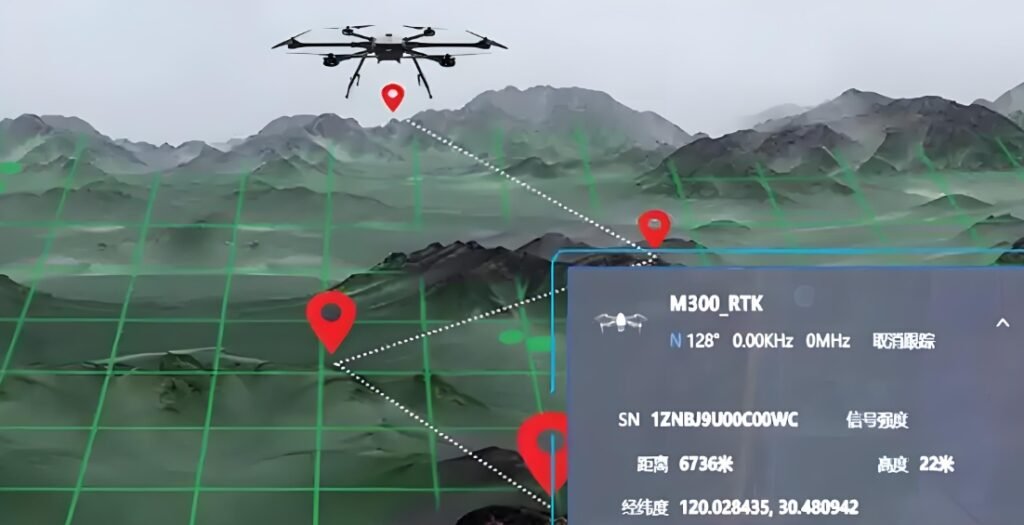
Данные, передаваемые модулями Remote ID, стандартизированы для обеспечения совместимости и простоты. Вот что обычно входит в их состав:
| Поле данных | Назначение |
|---|---|
| Уникальный идентификатор дрона | Серийный номер или регистрационный код, присвоенный каждому беспилотнику. |
| Координаты | Определение местоположения по GPS в режиме реального времени (широта, долгота и высота над уровнем моря). |
| Скорость | Скорость и курс дрона. |
| Место взлета | Координаты начала полета дрона. |
| Местоположение оператора | Где находится удаленный пилот (если поддерживается). |
| Временная метка | Синхронизация временных данных для аудита. |
| Экстренный статус | Указывает на ненормальное состояние, например потерю сигнала или разрядку батареи. |
Примечательно, что эти данные являются односторонними: дрон отправляет, но не получает. Это упрощает проблемы конфиденциальности и снижает риски кибербезопасности. По своей конструкции Remote ID ограничивает конфиденциальную личную информацию, полагаясь на зашифрованные идентификаторы. Регулирующие органы и авторизованные пользователи могут запрашивать эти идентификаторы в внутренних системах для проверки права собственности и законности.
Во многих регионах удаленные идентификаторы теперь требуются по закону и служат основой для надзора за беспилотниками, отчетности и реагирования на чрезвычайные ситуации.
До появления Remote ID несанкционированные дроны были практически невидимы. Не существовало стандартизированных методов, позволяющих определить, кто ими управляет и откуда они прибыли, что делало уязвимыми аэропорты, критически важные объекты инфраструктуры и общественные мероприятия.
Пример из реальной жизни: В 2024 году в Калифорнии беспилотник столкнулся с линией электропередачи, что вызвало локальное отключение электричества. В течение нескольких часов оператор был найден с помощью данных Remote ID. Подобные случаи наглядно демонстрируют, как Remote ID сокращает время реагирования и повышает ответственность.
Современные платформы обнаружения используют данные Remote ID для контроля зон полетов, оповещения служб безопасности и предотвращения сбоев в работе беспилотников.
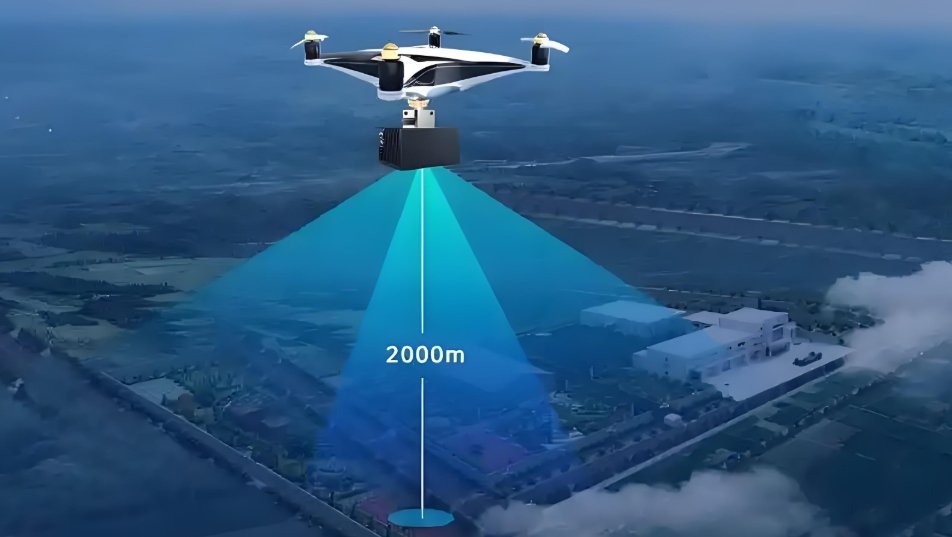
Удаленный идентификатор - это не просто пассивная передача данных, он становится частью полного конвейера обнаружения угроз и реагирования на них. Вот как обычно происходит этот процесс:
Сканирование систем Радиочастотные диапазоны для сигналов удаленного идентификатора. После получения данных о местоположении дрона и его идентификаторе на приборной панели в режиме реального времени отображается его местоположение.
Система сверяет этот идентификатор с внутренними списками:
Если дрон входит в запретное воздушное пространство или нарушает правила:
Данные удаленного идентификатора интегрируются с радаром, оптическими камерами и акустическими датчиками для повышения точности обнаружения даже в загроможденной обстановке.
Каждое событие обнаружения регистрируется, включая время, местоположение, личность и тип нарушения. Это позволяет проводить расследования после события или подавать судебные иски.
Этот фреймворк превращает Remote ID не просто в инструмент слежения, а в интеллектуальный механизм принуждения, обеспечивающий баланс между гибкостью и контролем.
С точки зрения технологии Remote ID - простая концепция, но она несет в себе глубокие последствия для регулирования беспилотных летательных аппаратов, конфиденциальности и инноваций.
Интересной тенденцией является потенциальное сочетание Remote ID с Системы идентификации на основе блокчейна. В будущем беспилотники смогут регистрировать себя автономно с помощью криптографических подписей, что ускорит проверку личности и сделает ее более сложной для подделки.
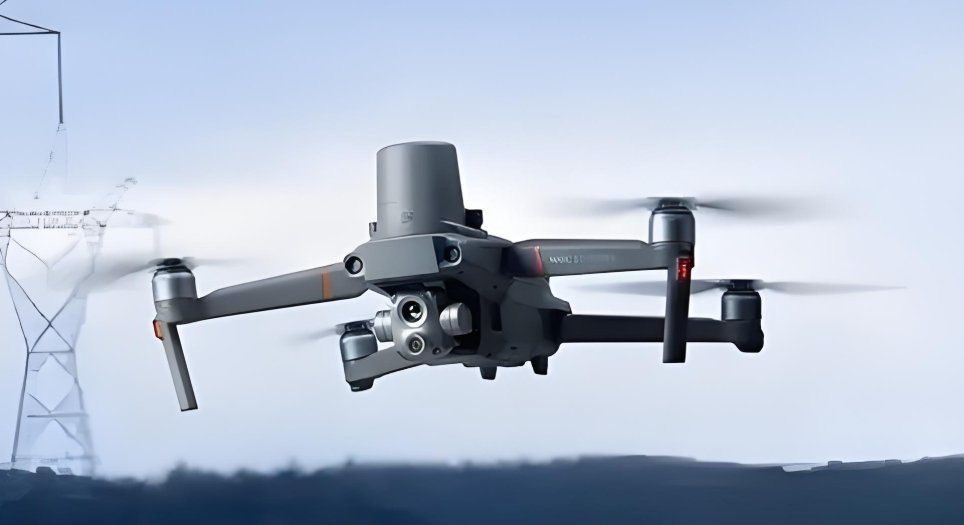
Другой Прогнозирование воздушного пространства с помощью искусственного интеллекта. Объединив данные Remote ID с машинным обучением, власти смогут прогнозировать активность дронов, что улучшит контроль над толпой, логистику доставки и защиту инфраструктуры.
Также растет интерес к удаленный идентификатор на основе сеткиБеспилотники обмениваются информацией между собой, чтобы расширить зону видимости на большую площадь - идеальное решение для обнаружения роя или пожаротушения в удаленных районах.
Но есть и трудности:
Тем не менее, траектория развития очевидна: по мере роста использования беспилотников Remote ID превратится из инструмента соблюдения нормативных требований в стратегический инструмент для создания "умного" воздушного пространства.
Система Remote ID меняет представление о том, как мы видим и управляем нашим небом. Наделяя беспилотники цифровой идентификацией и голосом, он позволяет регулирующим органам, системам обнаружения и службам общественной безопасности защищать воздушное пространство, не препятствуя инновациям. От проверки беспилотника вблизи стадиона до регистрации траектории полета беспилотника-доставщика - Remote ID гарантирует, что то, что летает над головой, больше не будет невидимым.
По мере того как системы обнаружения становятся все более совершенными, а дроны - все более распространенными, Remote ID станет общим языком, связывающим беспилотные летательные аппараты с окружающими их экосистемами. Речь идет не только о безопасности, но и о доверии, прозрачности и более разумном небе для всех.